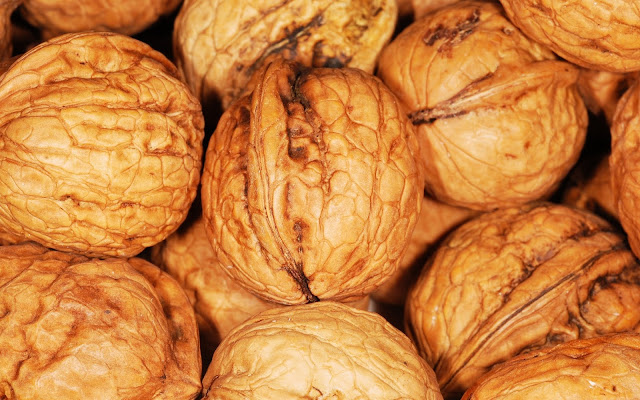Organic Foods-Help Oue Body
Organic Foods-Help Oue Body
The word organic has become somewhat meaningless, thanks to the excess of acid rain and other environmental pollutants now prevailing. However natural a farmer or gardener tries to be, what drops from the sky does count! But the term organic still indicates that something has been grown in chemical-free ground, so organic products are still worth pursuing. A friend of mine, who used to work in a mortuary, told me years ago that bodies are taking a lot longer to decompose because of the preservatives ingested with food while alive.
The very thought horrifi ed me; the idea of the “walking preserved” is a chilling one. The days of preserving foods and growing foods with the use of toxic substances are not, however, as recent as we might assume. In 1953, Professor Arnold Ehret talked about sulfur-dried foods, benzoid of soda, salicylic acid, and sulfuric acid, which were being used to preserve canned foods. Consuming preservatives, pesticides, nitrates, and other substances used by farmers is dangerous to every cell in the human body. The major concern is, of course, for children. The Soil Association in Britain has drawn attention to the fact that a one-year-old could easily receive a maximum lifetime’s dose of eight pesticides from just twenty commonly eaten fruits, vegetables, and grains.
 |
| Organic Foods |
The association is trying to unite farmers, the Department of Agriculture, and the Drug Administration Agency in an attempt to utilize benefi cial organisms and crop rotation instead of some pesticides. Nerve gases are still used by farmers. They are commonly known as organophosphates. These chemicals enter the food chain via vegetables, grains, and cattle feed, and are also transported by the wind. Many cases of motor neuron disease are now being reported among young children (and adults). Often these are farmers’ children whom I, in turn, see in my clinic. Let us not forget household pesticides and those used in our gardens; these at least could be dispensed with.
The major sources of pesticide residues in the Western diet are meat, poultry, and dairy products. Pesticide is a generic term that includes insecticides, herbicides (weed killers), and fungicides, among other agents. One chemical commonly found in household, agricultural, and commercial-use pesticides is 2,4-D, a key ingredient found in Agent Orange, the defoliant put to widespread use during the Vietnam War. Frequent use of herbicides, particularly those containing 2,4-D, has been associated with twofold to eightfold increases in non-Hodgkin’s lymphoma in studies conducted in several countries. Other agents, including triazine and organophosphate pesticides, have also been shown to increase cancer risks.
 |
| Organic Foods |
As I have mentioned, pesticide use has increased thirty-three-fold since the 1940s, and there has been a tenfold increase in potency. Dr. Sheila Zahm of the U.S. National Cancer Institute has recommended that pregnant women avoid exposure to all pesticides, which is not easy if you live in an area surrounded by fi elds being sprayed throughout the year. The fetus is particularly susceptible to genetic damage, chromosomal aberrations, and carcinogenicity. Infants are also at higher risk. The food most likely to cause cancer from herbicide residue is beef. The frightening thing is that extremely few slaughtered animals are actually tested for toxic chemical residues. In America the fi gure is as low as one in every quarter-million. Levels of DDT in nonvegetarian mothers’ milk in America have been found to be as high as 99 parts per million, as opposed to levels of 8 parts per million in vegetarian mothers! It is not surprising that staphylococcus infections are much more rampant and that resistance in humans is now really low.
Penicillin used to be able to deal with them, combating them successfully and leaving only 13 percent resistant; now the fi gure is more like 91 percent resistant, the reason being that antibiotic-resistant strains of staphylococcus bacteria have developed on factory farms because of the routine feeding of antibiotics to livestock. At present, one can expect 80 percent of all farmed livestock and poultry to receive drugs regularly. Milk is also affected by residues of sulfa drugs — tetracycline and other antibiotics have been found. One hopes that the government will step in.
Doctors and health workers are aghast at the hijacking of antibiotics by the animal feed industry. They have been left with fewer resources with which to fi ght disease as our bodies acclimatize to antibiotics via the food chain, making their use less and less effective. Through the addition of hormones to increase speed of growth and size of animals, our fertility and hormonal balance are being thrown into chaos, producing disease and distortions.
 |
| Organic Foods |










No comments